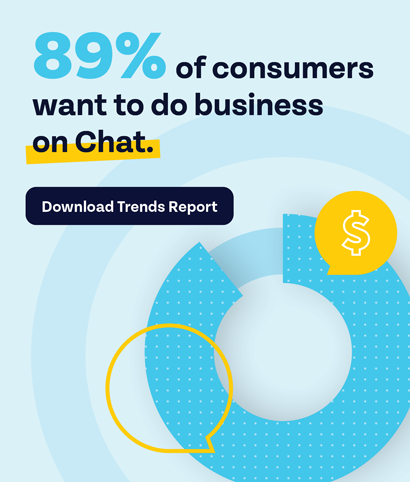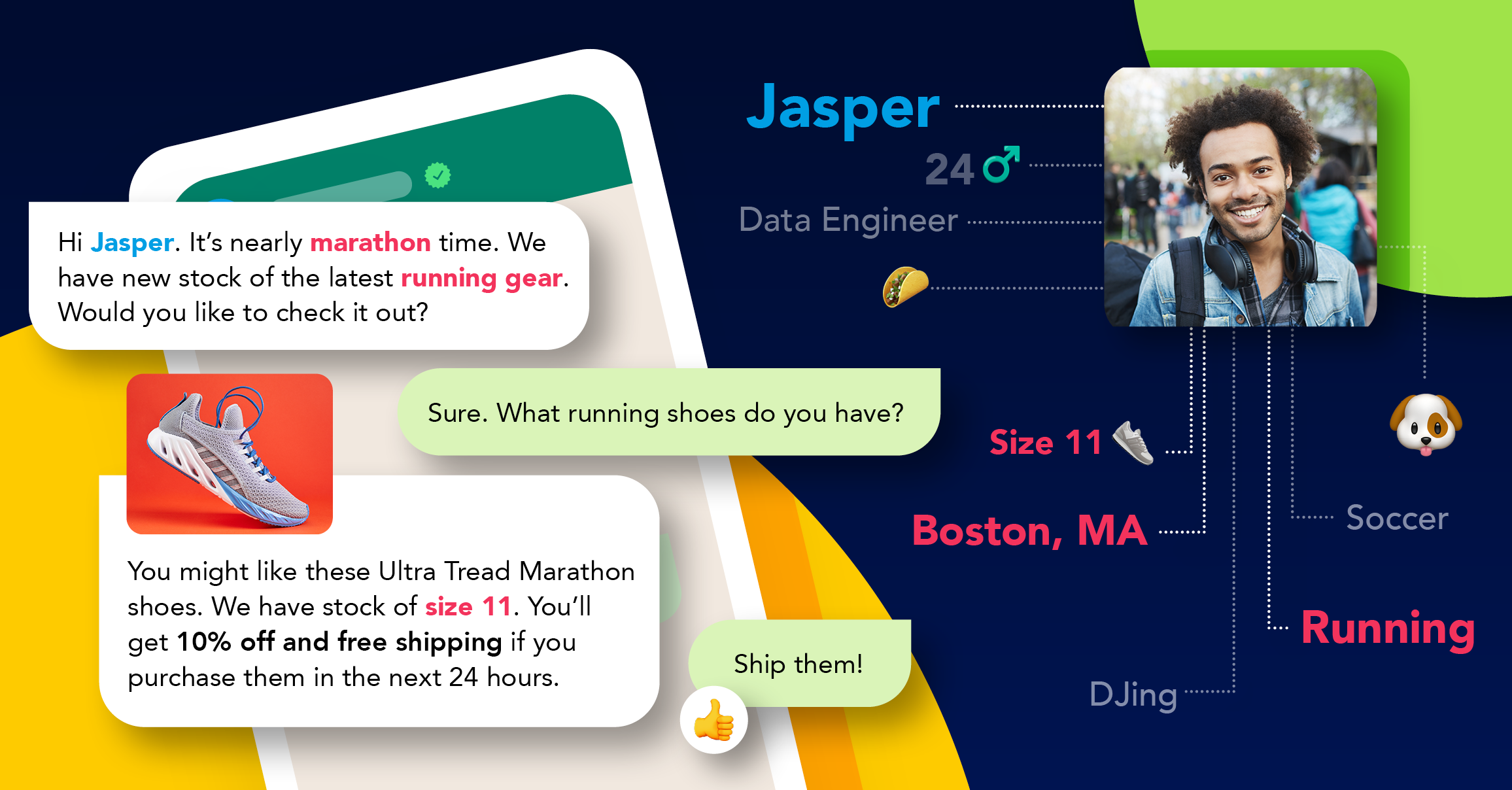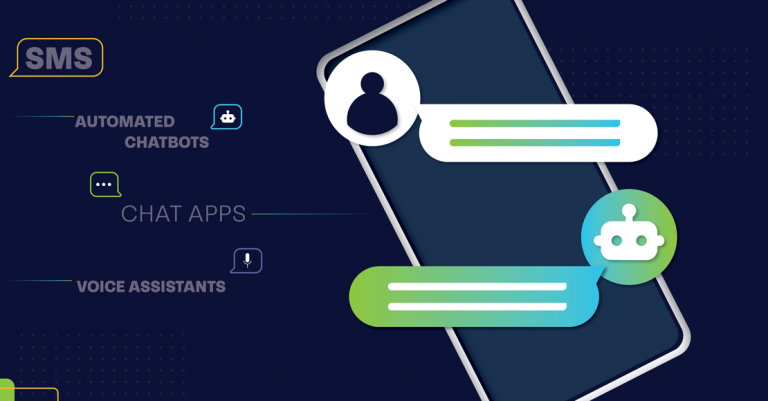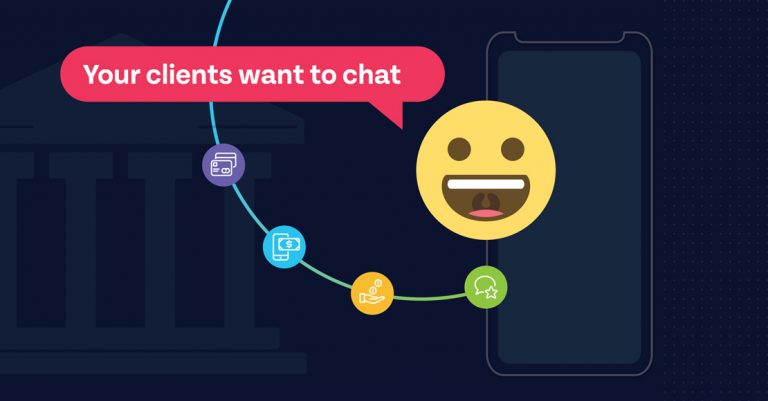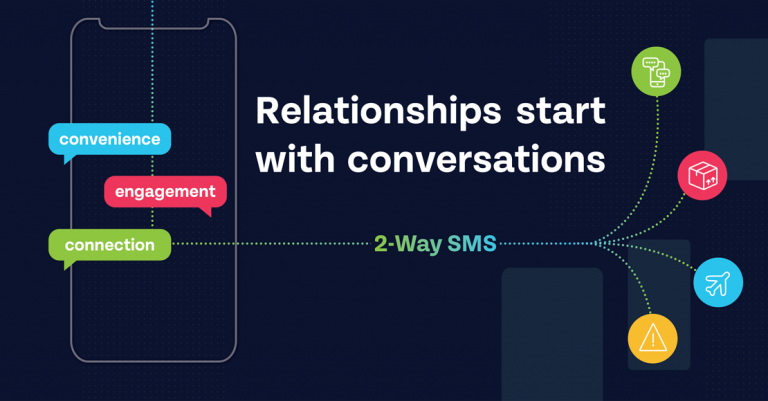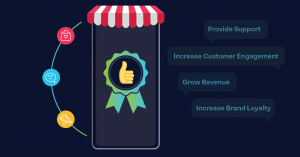
SMS in the UK
It’s been more than 25 years since the first SMS was sent in the United Kingdom. And texting has certainly come a long way in those years. The text message, sent on December 3 in 1992, very simply said “Merry Christmas”. That’s right, no SMS speak, no emojis, and definitely no sign of SMS marketing.
The history of SMS in the UK (or the world, actually)
At the time, software programmer Neil Papworth, then 22-years-old, sent the message to Richard Jarvis, a director at Vodafone. The message was written on a computer, because handsets could only receive, and not send, messages, to an Orbitel 901 over the Vodafone GSM network. The Orbitel 901, by the way, looks to be about the size of a phone book. Remember those?
The story is that Papworth, who worked for Semea Group Telecoms, was working on a project for Vodafone. Jarvis was at a festive season party on the day that the first test text message was sent. And that’s how he became the recipient of that first verbose, heartfelt SMS.
Papworth recently told Vodafone: “In 1992, I had no idea just how popular texting would become, and that this would give rise to emojis and messaging apps used by millions. I only recently told my children that I sent that first text. Looking back with hindsight, it’s clearer to see that the Christmas message I sent was a pivotal moment in mobile history.”
Why businesses should be using SMS marketing
With that trip down memory lane complete, it’s time to get to the present. There’s no doubt that SMS messages have progressed from those early days. Now, billions of these messages are sent around the world each year, with many thousands being sent each second. In the UK, 95 percent of all households have access to at least one mobile phone. In addition, 82 billion SMS and MMS messages were sent in 2017 in the United Kingdom.
SMS marketing also continues to be popular with businesses around the world as application-to-peer (A2P) messaging continues to grow. These are the types of messages that remind and inform customers of appointments and reservations, parcel deliveries, and banking transactions. It’s for this reason, among many others, that your customers have grown to trust and expect business messaging.
Your customers not only expect to receive text messages from businesses, but they also prefer it. Research has found that customers would prefer to communicate with businesses, and customer service agents especially, via text rather than a phone call. Those aged 18- to 34-years-old were even more likely to prefer this option and to remain loyal to your business. If you aren’t using SMS as part of your marketing strategy, you’re quite simply going to be left behind. SMS messages are efficient and cost-effective, combining the best of both worlds; not only are is it a flexible and easily personalized method of reaching your customers, but the channel also offers high return on investment. No other marketing strategy can compare.
How businesses can make use of SMS marketing
Once someone has opted to receive your marketing messages, you have an engaged and loyal customer waiting for your updates. Use SMS marketing messages to communicate with customers about new products, special offers, and to ask for feedback on your customer service.
Your customers are more likely to text with a complaint or compliment than make a phone call. That feedback would otherwise never be received by your business. And without that customer feedback, your business can’t improve and grow.
It’s also an incredibly effective way to manage appointments. SMS makes it easy for your customers to book appointments and for you to remind them of those.
The future of SMS marketing in the UK
As long as people have mobile phones, they’ll be texting. And, given its ease of use and efficacy, none of us would have it any other way. If you’ve been convinced that SMS marketing is beneficial to the future of your business, read our recent article about how you can make sure that your SMS marketing strategy is General Data Protection Regulation (GDPR) compliant. It highlights how GDPR can be beneficial for your business and what the benefits of compliance are.
Explore other articles
Step into the future of business messaging.
SMS and two-way channels, automation, call center integration, payments - do it all with Clickatell's Chat Commerce platform.
